
 MTFLO STOP PAFUS
MTFLO STOP PAFUS
ALSO BY GREGOR DALLAS
The Imperfect Peasant Economy:
The Loire Country, 1800-1914
At the Heart of a Tiger:
Ckmenceau and His World, 1841-1929
THE WAR AND PEACE TRILOGY
1815: The Roads to Waterloo
1918: War and Peace
Poisoned Peace: 1945
The War that Never Ended
MTRO STOP
PARIS
AN UNDERGROUND HISTORY OF THE CITY OF LIGHT
 GREGOR DALLAS
GREGOR DALLAS

Copyright 2008 by Gregor Dallas
All rights reserved. No part of this book may be used or reproduced in any manner whatsoever without written permission from the publisher except in the case of brief quotations embodied in critical articles or reviews. For information address Walker & Company, 175 Fifth Avenue, New York, New York 10010.
Published by Walker Publishing Company, Inc., New York
Distributed to the trade by Macmillan
All papers used by Walker & Company are natural, recyclable products made from wood grown in well-managed forests. The manufacturing processes conform to the environmental regulations of the country of origin.
Library of Congress Cataloging-in-Publication Data
Dallas, Gregor.
Mtro stop Paris : underground tales from the City of Light / by Gregor Dallas.
p. cm.
eISBN: 978-0-802-71900-3
1. Paris (France)Description and travel. 2. Paris (France)History 3. SubwaysFranceParisAnecdotes. I. Title.
DC707.D18 2008
914.43610484 dc22
2008001271
Visit Walker & Company's Web site at www.walkerbooks.com
First U.S. Edition 2008
1 3 5 7 9 10 8 6 4 2
Typeset by Westchester Book Group
Printed in the United States of America by Quebecor World Fairfield
To my mother,
Marjorie Eileen Dallas,
in fond memory
CONTENTS
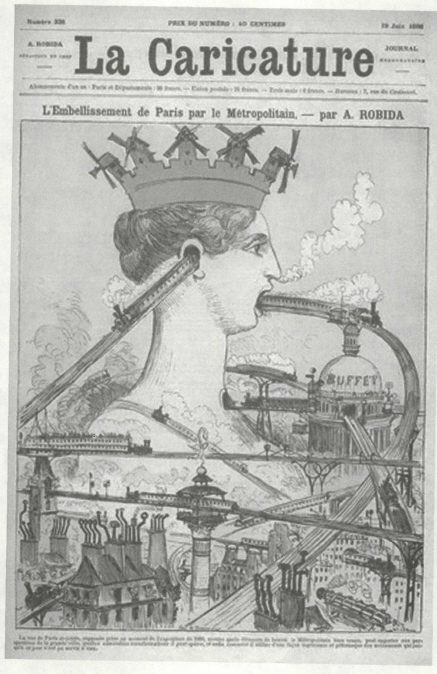
Mtro, n. m. (1891; de mtropolitairi). Chemin de fer traction lectrique, partiellement ou totalement souterrain, qui dessert les differents quartiers d'une capitale (notamment Paris) ou d'une grande ville.
Petit Robert 1
Ask a few Parisians: each has his Paris. Each has his Parises, one might say, insomuch as Paris is multiple, changing, contradictory.
Paris: le Guide Vert de Michelin
A QUIET RVOLUTION is taking place in the capitals of Europe. Walk through some of the streets of Chelsea, in west London, and all you will hear is French, whereas the main language on Rue de Rivoli, in central Paris, seems to be English. There are quarters in Rome where you will hear French, English and Germananything, it seems, but Italian. And these are not tourists you hear; they are the permanent, working residents from all over Europe. With 250,000 French residents in London, the French are right to claim that London is now the fifth French-speaking city in the world. In the same way, Paris is a major English-speaking city; one estimate puts the number of English speakers in the greater Paris region at 300,000 (there are no official statistics because census takers in the European Union are not allowed to record national origin). Every weekend, aeroplanes and trains are filled with the weekly commuters traveling between London and Paris. And every weekday, in the evening, you will findcycling along the quays of the Seine, strolling in the boulevards and chatting in the cafs the English, so excited to discover their new city.
This quiet revolution has occurred in the last five years. I have witnessed it myself in the expansion of professional associations, publications, political meetings and the number of social events aimed at English speakers in Paris. Old national myths are crumbling. Old national barriers are collapsing. Despite what politicians and the popular press may say, Europe, as a cultural, political and economic entity, is waking up. The old Europe des patries has gone, and it will never return.
This necessarily changes what one looks for in a "tourist guide." The "tourists" are no longer the same. Many of them will be permanent residents, seeking to deepen their knowledge of their new city And for the majority of those travelling for pleasure, this will not be their first visitthey will want to know more than just the names and the dates of construction of the principal monuments. And even if they are first-time visitors, they will have read about the city, they will have seen it on television, and they will know what the place looks like. What they seek is the defining character of the town.
What gives Paris her character is not just her buildings, most of which are no more than two hundred years old, but also her rich history that goes back over two thousand years. There are many histories of Paris, but they won't fit in a pocket or a travelling sack. The following pages are designed for the new kind of tourist; it is a thinker's guide to Paris, made up of what mile Zolawhom we will encounter in these pagescalled "slices of life," little vignettes drawn from Paris's rich two-thousand year-history. I will take the traveller through the cheapest and most convenient system of transport: the city's underground, or "mtro" as it is known in Paris, and stop at certain key stations where we will observe a building, a street, a statue, a tombstone or some other landmark that will spark off a story that tells us a lot about the character of the city. There are almost three hundred stations in Paris's sprawling mtro system, not counting the express RER. I have selected just twelve.
A good friend of mine suggested that I make my selection by taking just one lineLine No. 1, because it crossed the centre of Parisand tell my stories one station after the other. There are two reasons why this proved impossible. In the first place, it would have created a very disjointed sequence of tales. Secondly, it would have been utterly unhistorical. A brief history of the mtro will explain why.
Paris got its underground train service relatively late. The first line opened in 1900, while London had trains rolling beneath its streets in the 1860s, and New York's elevated rapid transit service dated from 1870. But the idea of a mtropolitain railway system linking Paris's districtsor quartiersgoes back to 1845, when it was proposed to link the Gare de Lyon to the Gare du Nord by a narrow-gauge rail that would slide trains freely down a slope in one direction and haul them up by cables in the other. London and New York adopted steam trains. Paris's urban geography made the problem of evacuating the steam and coal fumes a difficult one. Many alternatives to steam were considered. It was proposed to make wagons in the form of pistons, propelled by compressed air like an air gun; they would be shot into the stations by force of inertia. An aquatic project had wagons floating by way of underground canals. A futuristic monorail system of "trains without wheels" was tested in Lyon in the 1870s. But it was only with the approach of the Universal Exposition of 1900 that heads got together to propose the practical solution: an underground system of trains driven by "electric traction."
Next page
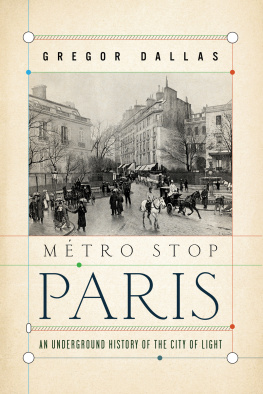





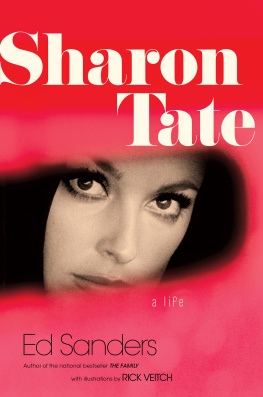

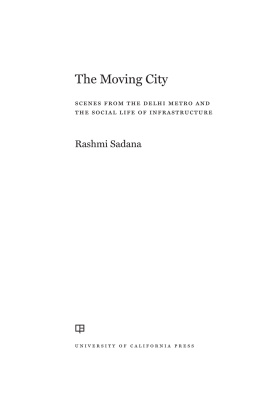

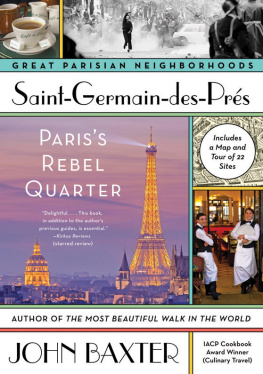
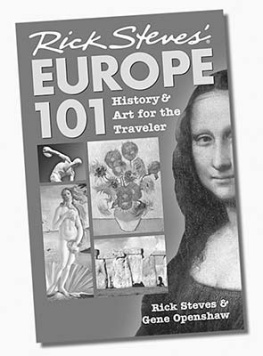
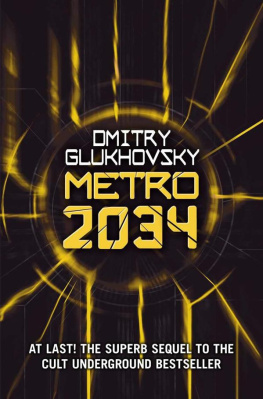
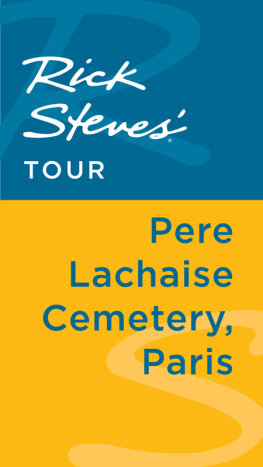
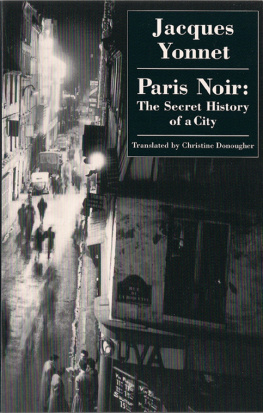

 MTFLO STOP PAFUS
MTFLO STOP PAFUS

